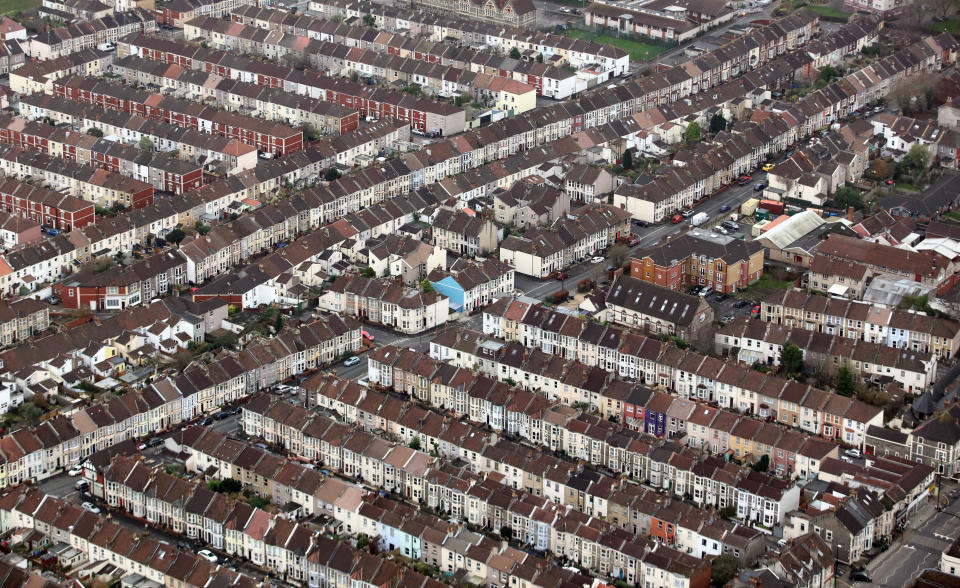Where UK house prices are heading in 2019

Predicting the path of the property market has never been easy. But it has also never been harder to forecast than it is today.
Brexit is creating so much uncertainty nobody really knows what the next few months will bring for the country.
Inevitably, this uncertainty is seeping into the housing market as the Brexit deadline — 29 March 2019 — approaches with politicians unable to agree on a deal with the European Union (EU).
A no-deal Brexit threatens to crash the economy and trigger another credit crunch. But even if a deal is agreed, most economic forecasters believe the economy will slow when Britain leaves the EU.
Brexit’s impact is difficult to predict, however, because the details of how Britain will leave are still to be confirmed. The Bank of England has said it could either cut or raise interest rates in response, depending on what happens.
On its current plan, interest rates will likely rise from 0.75% today to 1% in 2019, increasing mortgage costs, which could hamper demand, but it all depends on what happens with Brexit.
In their worst case, no-deal scenario, the central bank says house prices could fall by 30% after Brexit, though this is at the extreme end of the forecast range.
House price growth has slowed markedly in 2018, but there are regional variations.
London and the South East, where prices are highest, are experiencing the biggest slowdown as affordability issues bite down on market demand. However, a severely constrained supply of homes underpins high prices. There are few signs that the supply of homes will increase substantially any time soon.
According to Halifax, the average UK house price grew by just 0.3% annually in November, the lowest reading in almost eight years.
Uncertainty is evident in the most recent survey by the Royal Institution of Chartered Surveyors (RICS), which surveys its members every month as a litmus test of the housing market.
In November, Brexit loomed large for surveyors, who told RICS there were sharp declines in the number of people looking to buy and sell.
There were also fewer sales — an ominous signal of what lies ahead and a situation surveyors believe will only get worse over the coming months.
“I can’t recall a previous survey when a single issue has been highlighted by quite so many contributors,” said Simon Rubinsohn, RICS chief economist.
“Caution is visible among both buyers and vendors and where deals are being done, they are taking longer to get over the line.
“Significantly the forward-looking indicators reflect the suspicion that the political machinations are unlikely to be resolved anytime soon.
“The bigger risk is that this now spills over into development plans making it even harder to secure the uplift in the building pipeline to address the housing crisis.”
Nationwide said in its monthly index that the average house price grew by 1.9% year-on-year in November, the second-lowest rate in five years.
“Looking forward, much will depend on how broader economic conditions evolve,” said Robert Gardner, Nationwide’s chief economist.
“In the near term, the squeeze on household budgets and the uncertain economic outlook is likely to continue to dampen demand, even though borrowing costs remain low and the unemployment rate is near 40-year lows.”
Capital Economics, a research consultancy, forecasts just 1% house price growth in 2019, calling the market “sluggish” and citing the falling buyer interest recorded by RICS, that prices are high relative to incomes and interest rates are rising.
The Office for Budget Responsibility, an independent analyst of the UK Treasury, forecasts that house price growth will flatline until the third quarter of 2021, hovering around an annual rate of 3.1% from the first three months of 2019.
The EY ITEM Club predicts an average of 2.5% house price growth in 2019.
“We suspect that the upside for the housing market will remain constrained over the coming months,” said the EY ITEM Club’s Autumn 2018 forecast.
“We expect activity to remain lacklustre as limited consumer purchasing power only gradually improves, consumer confidence remains fragile and appreciable caution persists over engaging in major transactions.
“Caution over making major purchases may well be magnified in the near term at least by current heightened uncertainties over Brexit…The downside for house prices is being limited by a shortage of houses for sale.”

 Yahoo Finance
Yahoo Finance 